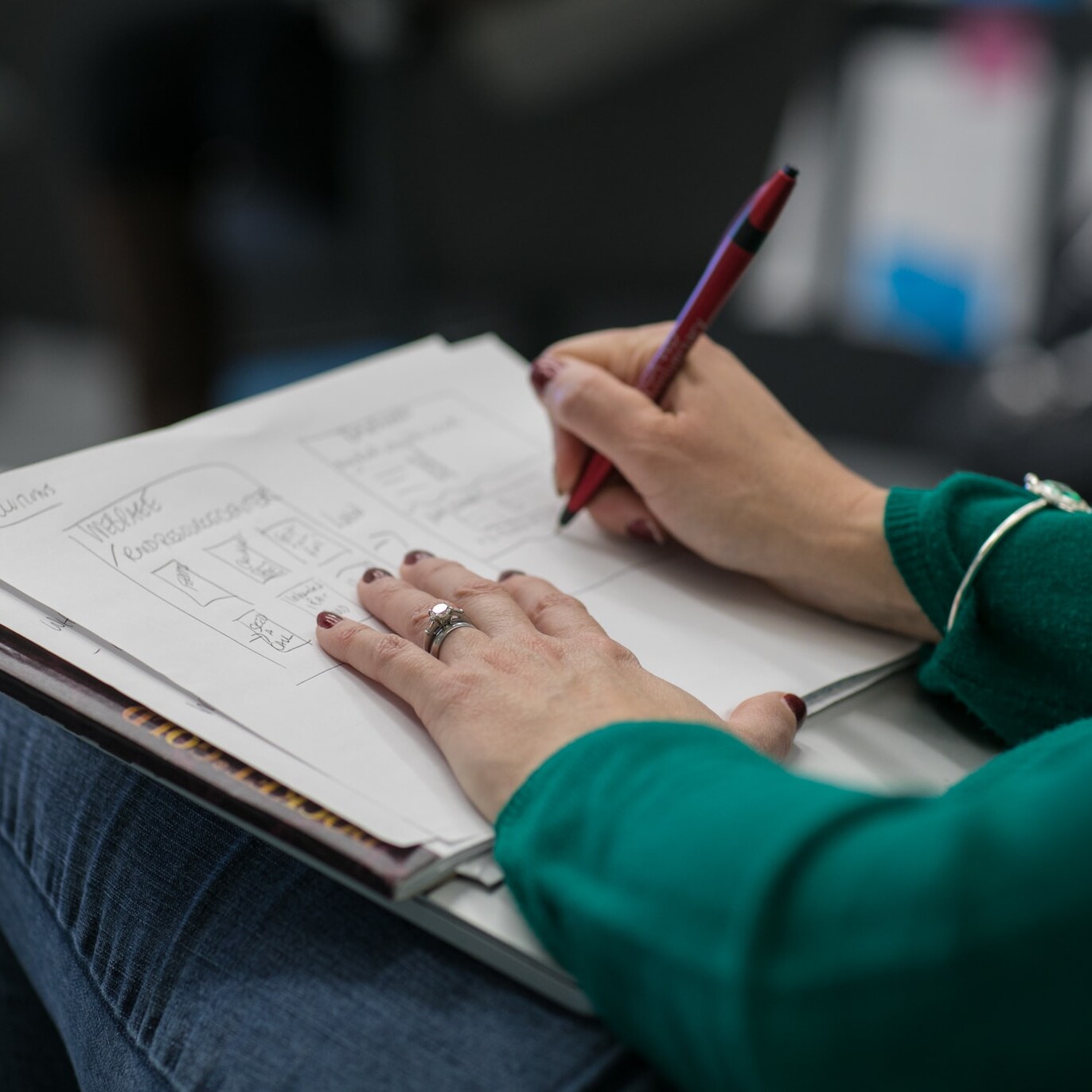The Impact of UI Affordances on Experience Design: Our Team’s Perspective
Our team is dedicated to creating captivating and user-friendly interfaces by prioritizing user research and focusing on the fundamental principles of experience design. One key aspect we always consider is the use of UI affordances, which are design elements that communicate how a user can interact with a particular interface element. In this article, we will discuss the importance of UI affordances and their impact on experience design, offering insights into how our team incorporates affordances to create intuitive and engaging interfaces.
The Role of UI Affordances in Experience Design
UI affordances play a critical role in shaping user experiences, as they serve as visual cues that guide users in understanding how to interact with an interface. By incorporating clear and recognizable affordances, we can create interfaces that are easy to navigate and understand, ultimately enhancing the overall user experience. For example, when designing a file-sharing platform, we use familiar icons, such as a trash bin for deleting files or a folder for organizing documents, to help users quickly identify the function of each interface element.
Leveraging UI Affordances to Create Intuitive Interactions
Our team leverages UI affordances to facilitate intuitive interactions and reduce the cognitive load on users. For instance, when designing a music streaming app, we use affordances like sliders for adjusting volume and play/pause buttons to control playback, making it easy for users to manipulate by these controls without needing additional instructions. By utilizing familiar and consistent affordances, we help users build a mental model of the interface, streamlining their interactions and creating a more enjoyable experience.
Balancing Affordances with Aesthetics
While UI affordances are crucial for creating intuitive interfaces, we also recognize the importance of balancing affordances with aesthetics to create visually appealing designs. Our team carefully considers the visual appearance of affordances, ensuring they are both functional and visually pleasing. For example, when designing a photo editing app, we incorporated skeuomorphic design elements that mimicked real-world objects, such as sliders that resembled physical knobs, providing users with a sense of familiarity and making the interface more engaging.
Adapting UI Affordances to Evolving Design Trends
As design trends evolve, our team stays up-to-date with the latest affordance conventions and adapts our designs accordingly. For instance, as flat design became more prevalent, we shifted our approach to incorporate more minimalistic and abstract affordances, while still ensuring that their purpose was clear to users. By keeping our designs current and incorporating the latest affordance trends, we create interfaces that are both engaging and in line with user expectations.
Testing and Refining UI Affordances
We understand that UI affordances can greatly impact user experiences, and as such, we prioritize testing and refining affordances throughout our design process. By conducting usability tests and gathering user feedback, we can identify any affordances that may be unclear or ineffective, and make necessary adjustments to improve the user experience. For example, when testing a project management tool, we discovered that users were confused by an unconventional icon used to represent a calendar function. Based on this feedback, we revised the icon to better align with user expectations, resulting in a more intuitive and user-friendly interface.
UI affordances are a crucial aspect of experience design, as they help users understand how to interact with an interface, facilitate intuitive interactions, and contribute to the overall aesthetic appeal of a design. By incorporating clear and recognizable affordances, adapting to evolving design trends, and testing and refining our designs, our team creates captivating interfaces that provide exceptional user experiences. As we continue to prioritize user research and focus on the principles of experience design, we remain committed to leveraging UI affordances to create engaging and user-friendly interfaces that meet the needs of our users and foster positive and engaging experiences.
Accessibility and Inclusivity in UI Affordances
Our team is dedicated to creating accessible and inclusive interfaces that cater to the diverse needs of our users, including those with visual, auditory, cognitive, or motor impairments. When designing UI affordances, we ensure they are accessible to all users by considering factors such as color contrast, size, and compatibility with assistive technologies. For example, when designing a navigation menu for a website, we ensured that the affordances were large enough to be easily clicked or tapped by users with motor impairments and employed sufficient color contrast to accommodate users with visual impairments.
The Role of UI Affordances in Responsive Design
As more users access digital content through various devices, responsive design has become increasingly important. Our team recognizes the need to adapt UI affordances for different screen sizes and input methods to ensure a seamless and consistent experience across devices. When designing a responsive e-commerce website, we carefully considered how affordances, such as buttons and menus, would adapt to different screen sizes, ensuring that they remained clear and usable regardless of the device used to access the site.
Educating Clients on the Importance of UI Affordances
As design professionals, we understand the value of UI affordances in crafting engaging and intuitive interfaces. However, we also recognize that our clients may not always be familiar with the concept of affordances or their impact on user experiences. As part of our design process, we take the time to educate our clients on the importance of UI affordances, providing them with a clear understanding of how these design elements contribute to the success of their digital products.
UI affordances play a significant role in shaping user experiences and are a key component of our team’s approach to designing captivating and user-friendly interfaces. By understanding the importance of affordances, leveraging them to create intuitive interactions, balancing them with aesthetics, adapting to evolving design trends, testing and refining affordances, ensuring accessibility and inclusivity, and embracing responsive design, we create engaging interfaces that cater to the diverse needs of our users. Through ongoing user research and a commitment to incorporating the latest design principles, our team will continue to prioritize UI affordances as an essential aspect of our experience design process.



